Globe thistle is a fast-growing, contemporary-looking flower with old-world qualities. Its spherical blue blooms add an arresting pop of color to summer border gardens. Yet unlike other eye-catching perennials, globe thistle is drought tolerant, deer resistant, and an important nectar source for butterflies and bees. While uninviting to rabbits and deer, the spiny, spiky foliage of globe thistle serves an important role in the garden as a host plant for the finicky painted lady butterfly. Description from thespruce.com
Home > Plant Guide >
Scientific Name
Family
Garden Type
Wildlife
Native Plant Region
Light needs
Water Needs
Plant Type
Bloom Color(s)
Height
Width
Months in Bloom
Safe Beneath Power Lines?
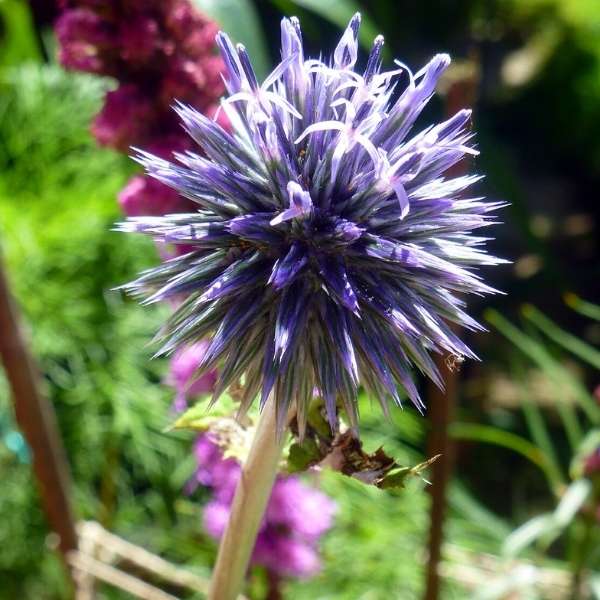
We’d like to maintain accurate and robust plant listings. If you see information that is not correct or that could be added to improve the listing, please let us know. Or if you’d like to suggest a plant to add to our plant guide, you can use this form do so. Thank you!
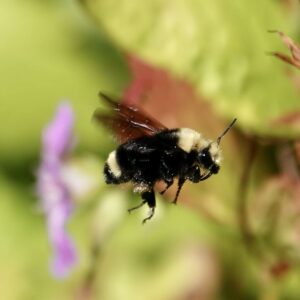
Look closer…and meet the local insects that pollinate the plants around your Seattle neighborhoods. Learn about some of our amazing native pollinating insects.
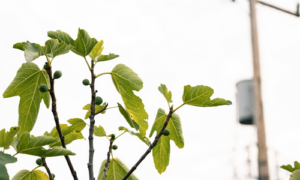
Learn about the diversity in pigeon populations in the United States and the implications of this variability on the species.
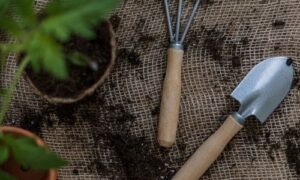
New types of vegetation can attract additional wildlife to an area. You might be surprised how a little green can go a long way!
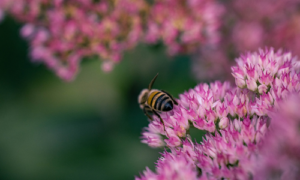
This workshop will guide you through the process and materials needed to help you decide if Mason Bees are right for you and your garden, whether you have a small deck or an open garden.
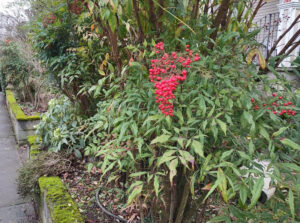
Some introduced plant species can diminish biodiversity. Other plants produce poisons that can harm wildlife. Learn what plants to avoid when figuring out what to plant or remove in your outdoor space.

Do you want to plant a tree, create butterfly habitat, or start a vegetable garden but don’t have a yard? Learn how planting strips are a great place to start your own garden!
Nature of Your Neighborhood is a collaboration between Birds Connect Seattle, the Capitol Hill EcoDistrict, and the Seattle Bird Conservation Partnership. Our goal is to foster relationships between the people and the nature of their neighborhoods.